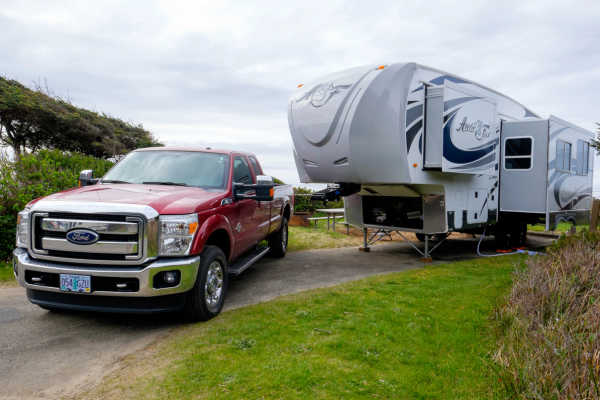A Metropolitan Area Network: Complete Guide
Introduction
When people think of computer networks, they often imagine small home setups or massive global internet systems. Yet, there is another category that fits right between these two: a metropolitan area network. This type of network connects computers, servers, and other devices across a city or large town. It is bigger than a local network but smaller than a wide-area system, making it a vital link in modern communication.
What Exactly Is a Metropolitan Area Network?
A metropolitan area network, commonly shortened to MAN, is a collection of interconnected local networks spread across a metropolitan region. The goal is to share resources, speed up communication, and ensure that different organizations or institutions within the same city can interact seamlessly. Unlike wide-area systems that may cross continents, a MAN is restricted to a single urban region.
Why Do Cities Need a Metropolitan Area Network?
Urban centers generate enormous amounts of data every day. Businesses, government offices, educational institutions, hospitals, and public services all need fast and reliable ways to exchange information. A metropolitan area network serves this purpose by linking them together with high-speed connections. This not only supports everyday communication but also enhances economic activities, emergency response, and city-wide digital services.
How a Metropolitan Area Network Differs From Other Networks
To understand the role of a metropolitan area network, it helps to compare it with other common types:
- Local Area Network (LAN): Covers a small space such as an office, school, or home. It connects devices within a limited range.
- Metropolitan Area Network (MAN): Expands coverage across an entire city or large urban region. It links multiple LANs together.
- Wide Area Network (WAN): Goes beyond city limits, connecting countries or even continents. The internet itself is the best example of a WAN.
In simple terms, a MAN fills the gap between the small scale of a LAN and the vast reach of a WAN.
Core Components of a Metropolitan Area Network
Building a MAN requires several important elements. These include:
- Routers and Switches: Direct data between networks efficiently.
- Fiber Optic Cables: Provide high-speed connectivity across long distances within the city.
- Wireless Access Points: Extend coverage to areas where laying cables is not practical.
- Servers: Store and manage shared resources for different organizations within the network.
Each of these components ensures that communication flows smoothly and securely between all connected nodes.
Typical Uses of a Metropolitan Area Network
A metropolitan area network supports many real-world applications:
- Educational Institutions: Universities and colleges in the same city may use a MAN to share research data and digital libraries.
- Government Departments: Municipal offices connect through MANs to coordinate services such as water supply, transportation, and emergency response.
- Business Clusters: Companies in technology parks or financial districts rely on MANs for fast and secure communication.
- Public Internet Services: Many internet service providers use MAN infrastructure to deliver broadband connections to urban households.
Advantages of a Metropolitan Area Network
The benefits of a MAN are significant:
- High Speed: Fiber and advanced networking technology make data transfer much faster than traditional setups.
- Cost Sharing: Multiple organizations can share infrastructure, reducing overall costs.
- Resource Accessibility: Users across the city can access shared applications, storage, and communication tools.
- Reliability: Redundant paths and backup systems ensure smooth operation even when one connection fails.
Challenges and Limitations of a Metropolitan Area Network
Despite its benefits, a metropolitan area network is not without challenges:
- High Initial Setup Cost: Establishing city-wide fiber networks can be expensive.
- Maintenance Requirements: Constant monitoring and upgrades are necessary to keep the system secure and efficient.
- Security Concerns: With many organizations connected, strong safeguards are needed to protect sensitive data.
- Geographic Restrictions: A MAN works only within a defined urban area and does not extend to distant regions.
The Role of Fiber Optics in Metropolitan Networks
Modern MANs rely heavily on fiber optic technology. Fiber cables transmit data as light signals, which means they can carry massive amounts of information at very high speeds. This makes them ideal for connecting schools, hospitals, government agencies, and businesses spread across a city. Fiber also provides low latency, meaning information travels with minimal delay.
Wireless Integration in MANs
While fiber is the backbone, wireless technologies also play an important role. Wi-Fi hotspots, microwave links, and even 5G systems are sometimes combined with fiber networks to cover areas where physical cabling is hard to install. This combination of wired and wireless technologies makes a MAN more flexible.
Examples of Where MANs Are Useful
To see the value of a metropolitan area network in action, consider a city with multiple hospitals. With a MAN, patient records can be accessed quickly between facilities, ensuring better healthcare. Similarly, in education, students from different campuses can use the same digital learning platforms. Financial districts also benefit by transferring large amounts of data between offices in real time.
The Future of Metropolitan Area Networks
As cities move toward becoming “smart cities,” the importance of MANs will continue to grow. Future networks will integrate with sensors, traffic management systems, and public safety tools. They will support advanced technologies such as artificial intelligence, Internet of Things (IoT), and automated transportation. This means that a metropolitan area network will not just connect people but also power the infrastructure of tomorrow’s urban life.
Conclusion
A metropolitan area network bridges the gap between local and global communication systems. It allows organizations, businesses, and services within a city to stay connected and function efficiently. While the setup may require significant investment, the long-term advantages—speed, reliability, and accessibility—make it an essential part of modern urban life. As technology continues to advance, the role of MANs will only expand, making them a cornerstone of digital cities around the world.

